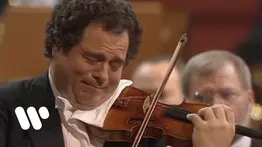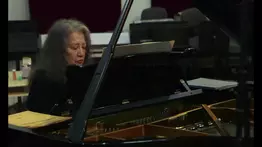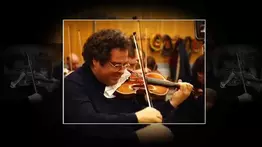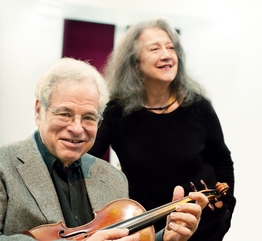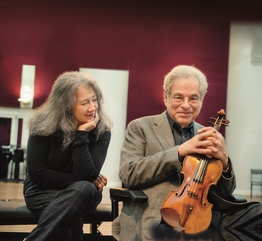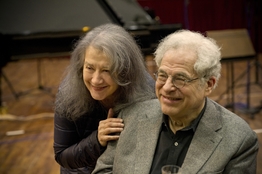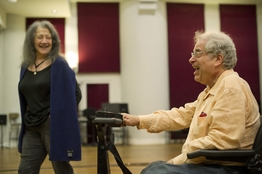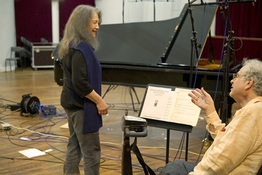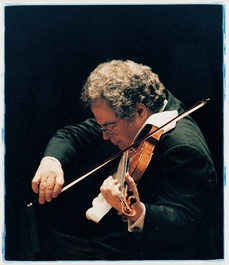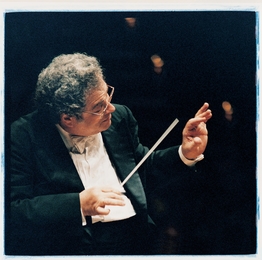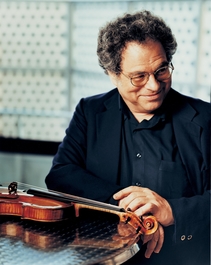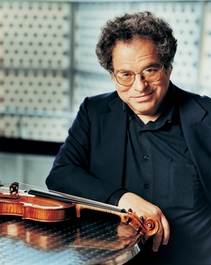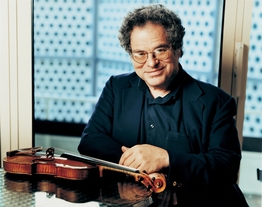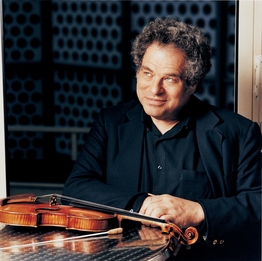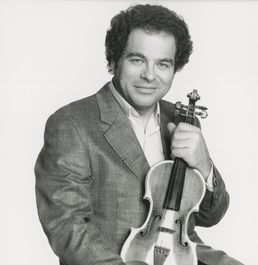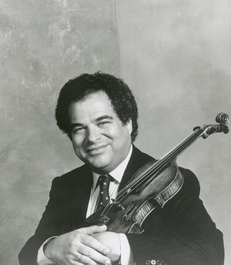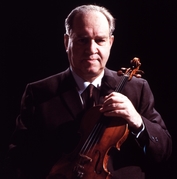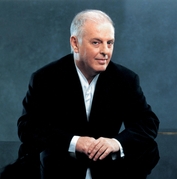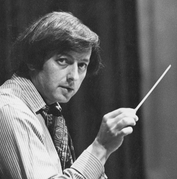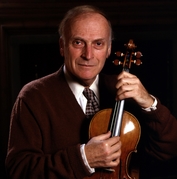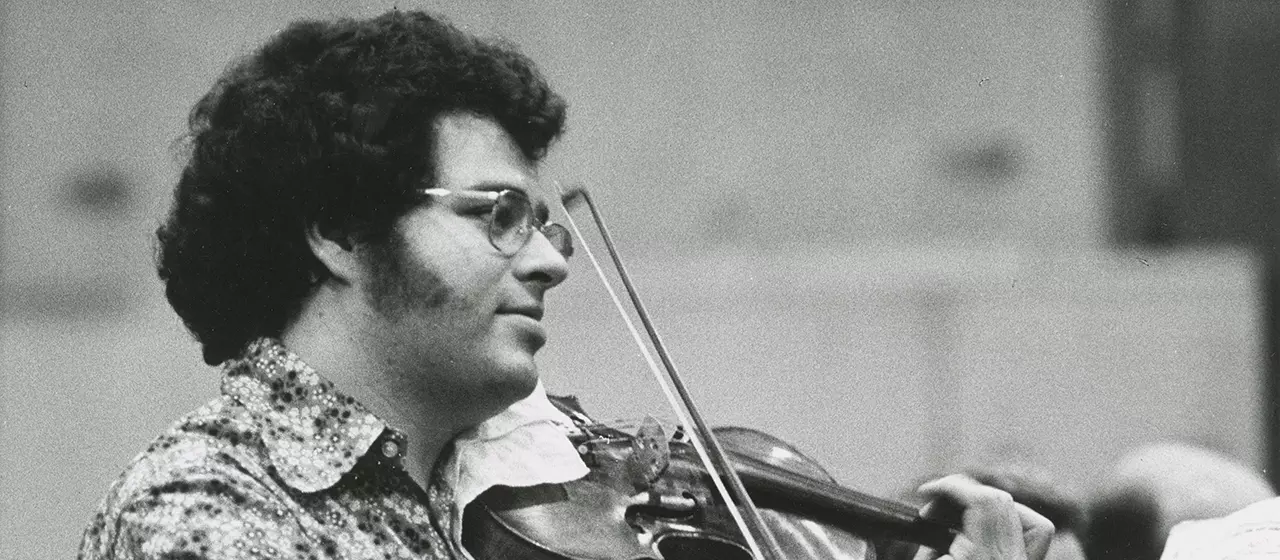
Itzhak Perlman
Über
Itzhak Perlman was born in Tel Aviv on 31stAugust 1945 to a family of Polish origin. He was drawn to the violin from the age of three, but when he was four he contracted polio, losing the use of his legs. Despite his handicap, he began learning the violin a year later, and his first teacher was a café violinist. Very soon, he joined the Tel Aviv Music Academy where he studied for eight years with Rivka Goldgart, a teacher of Russian origin.
At the age of ten, he auditioned for Isaac Stern, who advised him to continue his studies in the United States. He gave his first concerts in Tel Aviv and in 1958 was noticed by the American television presenter Ed Sullivan who invited him on his famous show. America marvelled at the young Itzhak playing the finale of Mendelssohn’s Concerto and Rimsky-Korsakov's Flight of the Bumblebee. A tour of the States with 'Sullivan’s Caravan of Stars' followed.
Perlman settled in New York with his mother and joined the Juilliard School where he worked with Ivan Galamian and his assistant Dorothy DeLay for several years. Under their influence, he abandoned his 'Russian' bow hold in favour of the Franco-Belgian bow hold developed by Lucien Capet. On 5th March 1963, he made his American debut with the National Orchestra Association of New York and, the same year, he performed at Carnegie Hall.
In 1964, Itzhak Perlman won first prize in the Leventritt Competition, which allowed him to perform with the greatest American orchestras, including the New York Philharmonic. Encouraged by Isaac Stern and guided by the famous American agent Sol Hurok, his career was launched and the same year he made his first record, of Tchaikovsky’s Violin Concerto. The following year, he gave tours throughout the States and in 1966-1967 he gave his first European tours. He was immediately recognised as one of the most brilliant violinists of his generation. He played chamber music with the great performers of his day, such as pianist Daniel Barenboim, violinist and violist Pinchas Zukerman, and cellists Jacqueline Du Pré and Lynn Harrell, with whom he developed lifelong friendships. He also formed a duo with pianist Vladimir Ashkenazy, with whom he recording more sonatas in the repertoire than with any other partner.
He remains one of the world’s most popular musicians thanks to his phenomenal talent, his natural ease and his radiant sound, but also due to his generous temperament and his warm contact with the public. He often appears on American television, both as performer and commentator.
Itzhak Perlman’s huge repertoire ranges from the Baroque to the contemporary, although he has a particular penchant for the Romantic era. He also excels in other forms of music such as jazz or ragtime, playing with his friend André Previn or with Oscar Peterson. Like his eminent predecessor Mischa Elman with Caruso, he has recorded duos of popular melodies with the great tenor Placido Domingo. He also has a deep affinity for the Klezmer violin of the Jewish folklore tradition.
Since 1975, Itzhak Perlman has regularly given master classes at Brooklyn College in New York. He has also organised various initiatives worldwide for people with physical disabilities. He has premiered many works dedicated to him by American composers such as Earl Kim (1979) and Robert Starer (1981). In recent years, he has devoted his time to conducting orchestras, taking the post of principal guest conductor with the Detroit Symphony Orchestra and acting as musical advisor for the Saint Louis Symphony Orchestra. His ever-growing discography is one of the most substantial ever recorded by a violinist.
Jean-Michel MOLKHOU (Reproduced with kind permission of Editions Buchet-Chastel).








